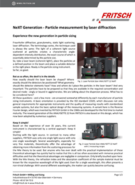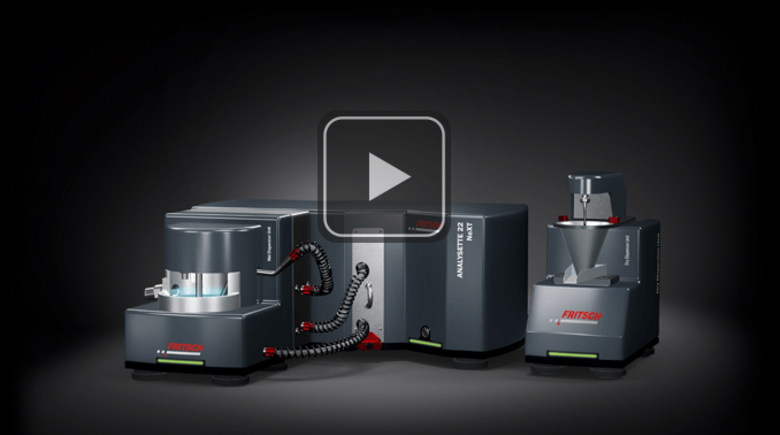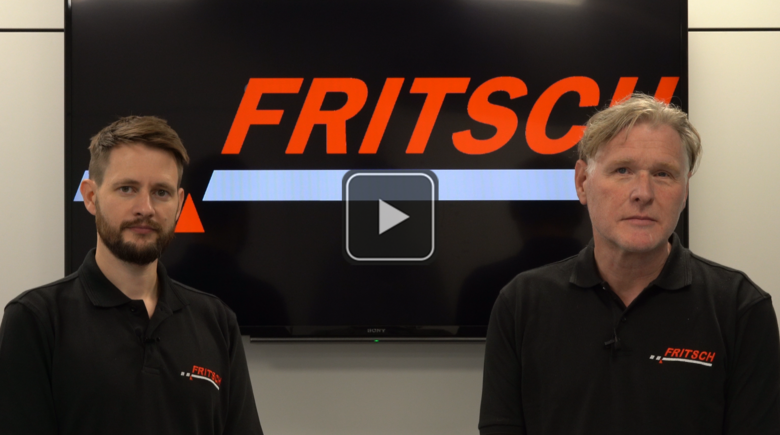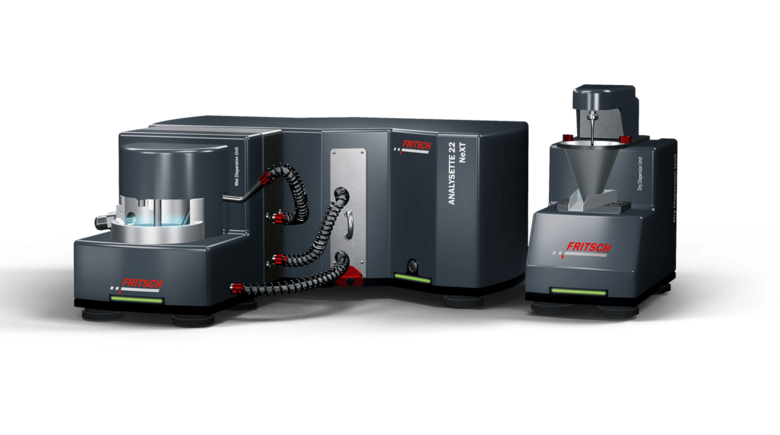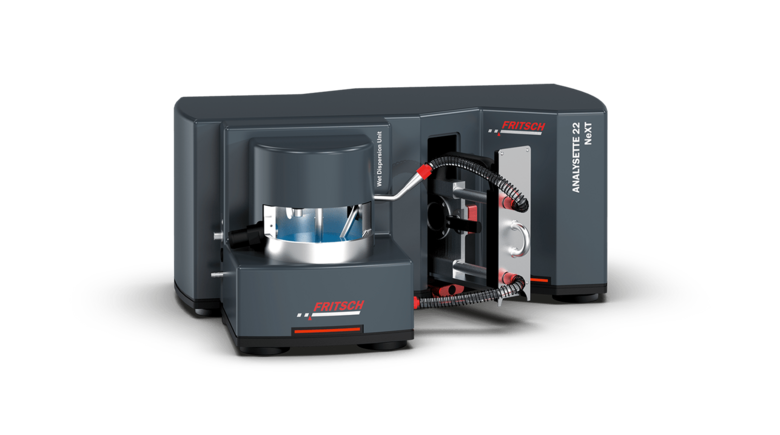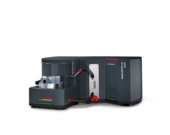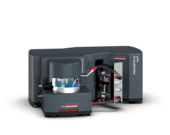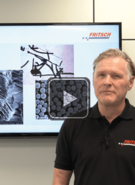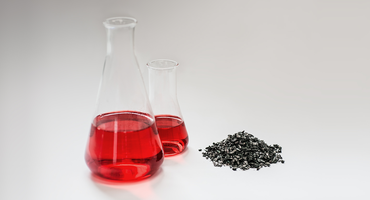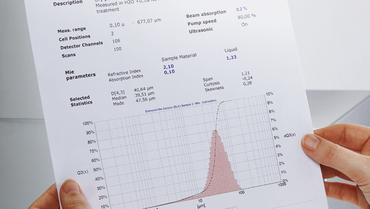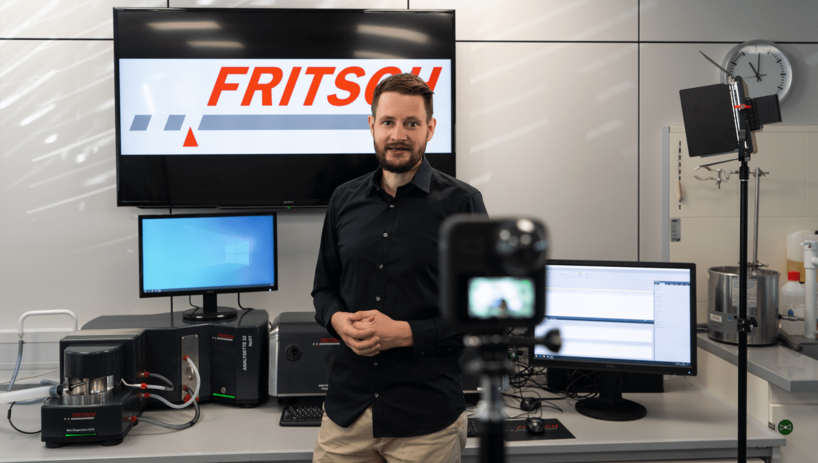
Virtual Product Presentation
With the virtual product presentation you can experience our particle sizers for automatic particle size and shape analysis directly at your workplace.
Particle Sizer ANALYSETTE 22 NeXT – el análisis automático del tamaño de las partículas es insuperablemente simple
Nuestros dos modelos del ANALYSETTE 22 NeXT son ideales para el análisis eficiente del tamaño de las partículas en la producción y el control de calidad, así como en la investigación y el desarrollo o para el control de los procesos de fabricación.
Ambos clasificadores de partículas difieren en el diseño y el rango de medición.
El ANALYSETTE 22 NeXT Micro, que se reduce a una sola fuente de luz y un detector, mide de forma robusta y fiable de 0,5 a 1500 μm.
El ANALYSETTE 22 NeXT Nano amplía el valor de medición inferior mediante la disposición inteligente de un sistema de detección adicional. Esto hace posible el registro de ángulos de dispersión aún mayores, hasta 0,01 μm, tanto en dirección lateral como hacia atrás. El límite superior de medición se aumenta al mismo tiempo a la excepcional 3800 μm.
Consiga todas las ventajas decisivas con el modelo que satisfaga sus requisitos: un manejo y una limpieza especialmente sencillos, tiempos de análisis cortos, resultados reproducibles de forma fiable y el registro de parámetros adicionales como la temperatura y el valor de pH durante la dispersión en húmedo.
El ANALYSETTE 22 NeXT se ha desarrollado siguiendo un concepto inteligente y modular. Usted sólo compra lo que realmente necesita. Por lo tanto, puede crecer de forma flexible con sus tareas de dimensionamiento. Los módulos se pueden añadir en cualquier momento, y estamos desarrollando constantemente nuestra cartera. La tecnología más moderna a un precio inmejorable. Hecho con inteligencia!
Elegir de acuerdo a sus requerimientos
- Method of analysis
- Static Light Scattering
- Measuring range
- 0.5 - 1500 µm
- Sample carrier medium
- almost all dispersion liquids
- Suspension/sample volume
- 150 - 500 ml, variable
- Method of analysis
- Static Light Scattering
- Measuring range
- 0.01 - 3800 µm
- Sample carrier medium
- almost all dispersion liquids
- Suspension/sample volume
- 150 - 500 ml, variable
Descargas
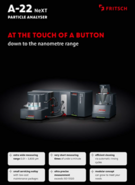
Product Profile A-22
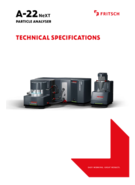
Folleto de producto A-22
Webinar Measurement of particle size distribution using laser diffraction
VER VIDEO